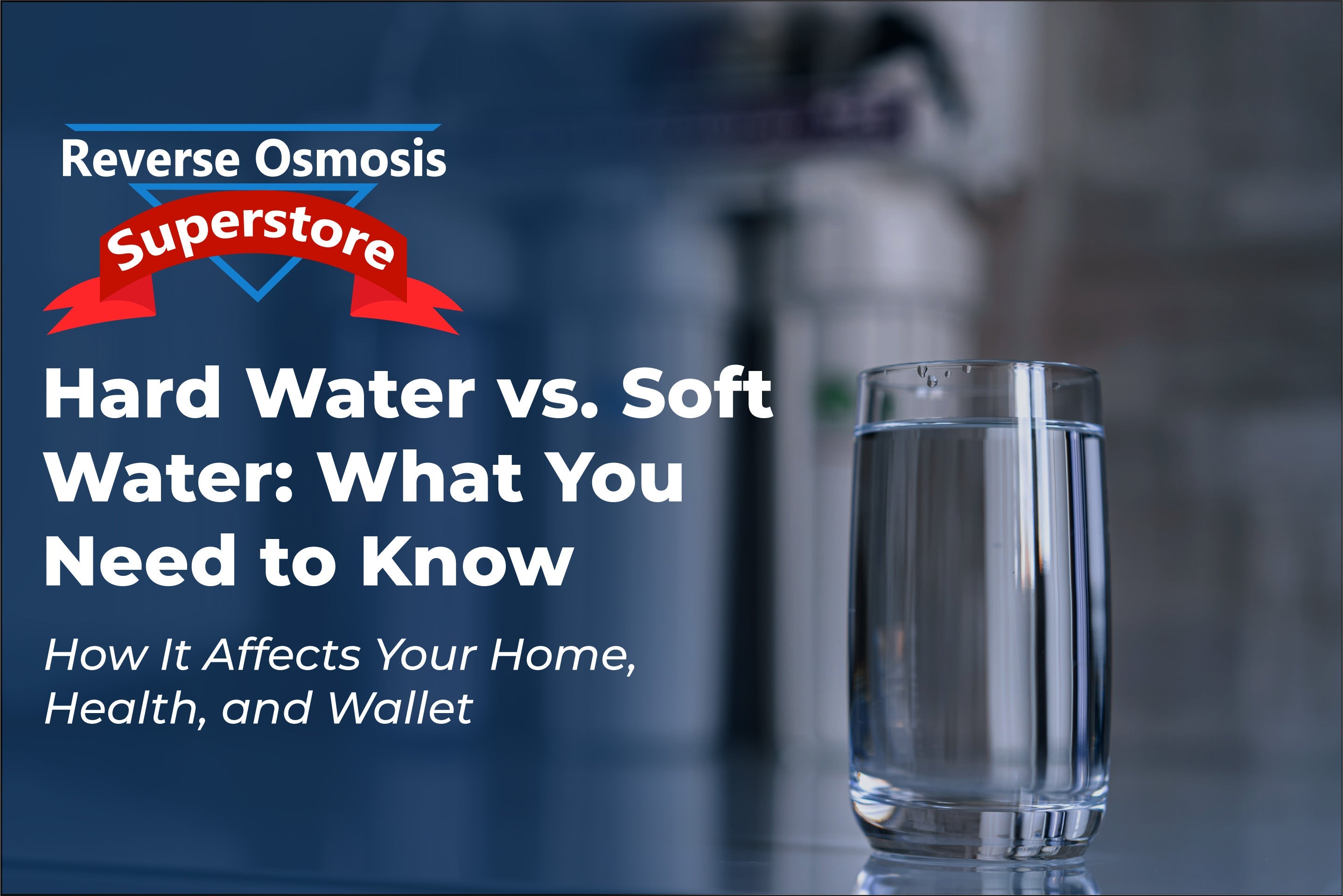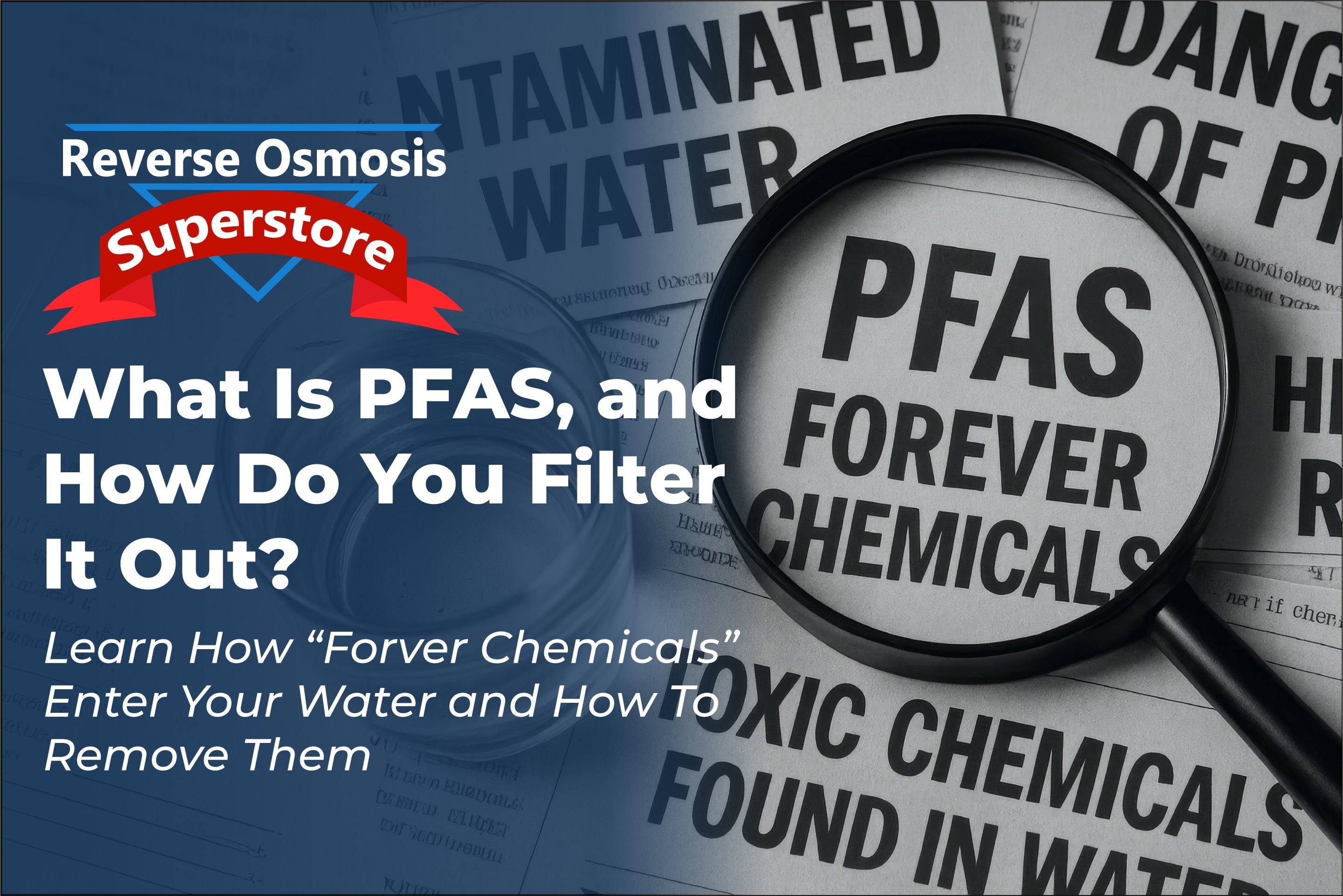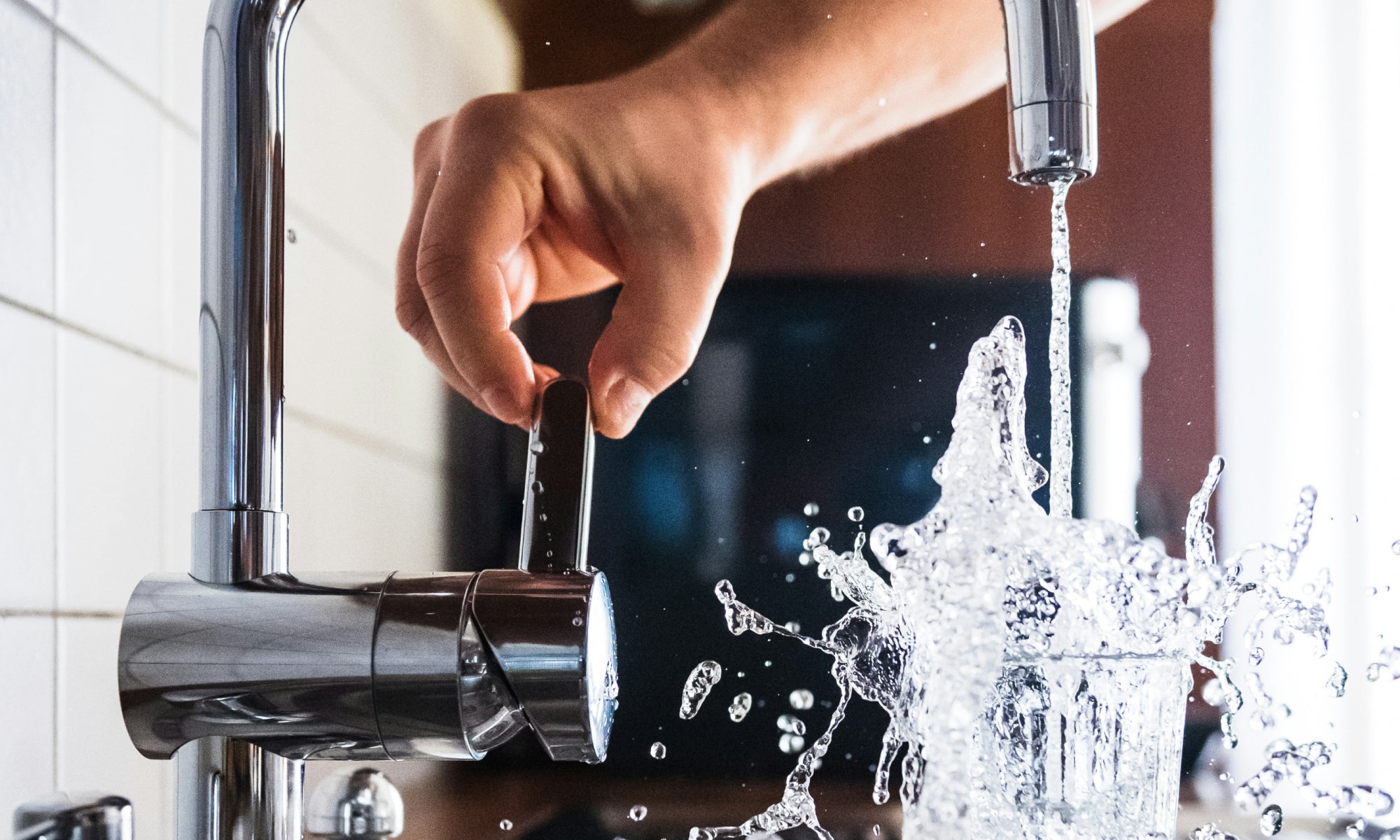What is Reverse Osmosis?
Reverse osmosis systems are the best way to filter out contaminants from your water. RO systems improve the water quality and remove foul odors and chlorine that you find in your water. There are residential reverse osmosis systems for kitchen and drinking water usage, and there are high volume commercial reverse osmosis systems for businesses that need high-quality, filtered water.
Blog: There's Nothing Complex About Reverse Osmosis (How It Works)
RO filter systems are used for water filtration, from home drinking water to the food industry, car washes, greenhouses, and healthcare and industrial manufacturing.
The Key To Reverse Osmosis: Water Filtering Membranes
Reverse osmosis uses water pressure to force water through water filters and a permeable "membrane" to filter out chemicals, contaminants, and unwanted pollutants. Depending on your water quality, filter systems are often used before the membrane to help filter out more significant pollutants, extending the life of the membrane. To build the best reverse osmosis water filtration system for your needs, a water treatment analysis will be needed to see which chemicals, metals, and dissolved solids are in your water and need to be filtered out.
5-Stage Reverse Osmosis System
- Sediment pre-filter: A sediment pre-filter removes dirt, sand, rust, and other microscopic particles 15 times smaller than a grain of sand.
- Carbon pre-filter: An activated carbon pre-filter removes unpleasant taste and odor, including chlorine.
- 2nd carbon pre-filter: Another activated carbon pre-filter removes unpleasant taste and odor, including chlorine.
- RO membrane: The reverse osmosis membrane filters out contaminated solids, including radium, lead, arsenic, etc.
- Polishing filter: The polishing filter is a third activated carbon filter giving you the purest water possible.





